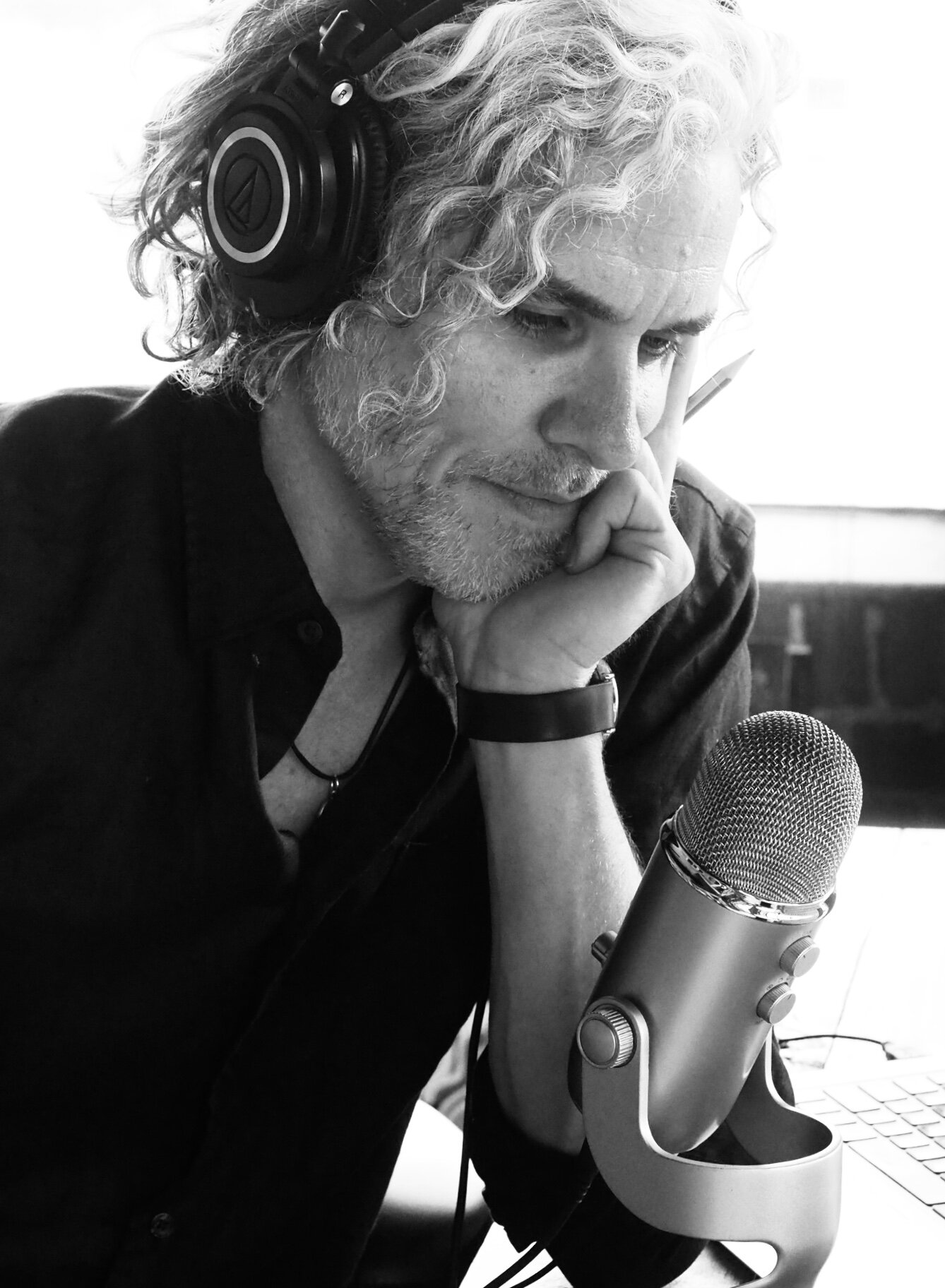Chapter Three
It has taken me all evening to write that brief reflection. Halting too many times in the telling. Raising my trembling hand to navigate the scars. Smoldering that I still quiver so.
It requires as much courage to open again these wounds as it did to receive them. The scars, decades old now, remain tiny tributaries, exterior disfigurements that spring from a seeping river of rage.
Threescore and ten and my hands brittle around this old quilled spade to dig once again into the hard soil of my mind. I unearth one dull mentation that deserves polishing, a ruby among stones: Can a life be cultivated amid malevolence?
Outside, the streets of Greenwood swirl in heat and sweat. It is Thursday night, the negros' Friday night, when Tulsa’s aristocrats reluctantly relent their consumption of black lives for an evening’s respite. Night enshrouds me and silences the day. In the dark I sit, alone, with the only true self I possess.
I am a fool.
I had thought this remembrance I am undertaking was for friends and the generations to follow. I barely get beyond the beating, the genesis of my journey, and now confess: this narrative is a search and rescue.
When you spend a lifetime masquerading behind the perception of others, you lose yourself. You lose yourself amid a vast labyrinth of selves.
Last summer, my granddaughter insisted I accompany her to a fair that was traveling through Tulsa. On the last day, the negros were allowed to partake in (what was left of) the festivities. One of the exhibits was a hall of mirrors. Standing in their midst, the convexed curves reflecting a caricature of who I was, I asked myself: Was it caricature? The many versions of me -elongated, obtuse, fatuous- staring back in exaggerated personification, isn’t this how the white man sees me?
A black man is but iconography to the white, different shapes and compositions but essentially the same in essence. Only when he is sweating for the direct benefit of a white, is a black man an answer. Otherwise, he is merely a full-stop at the tail end of a curved line, a subject beginning with an interrogative pronoun and ending with a question mark:
‘What to do with the black problem?’
The white man has proven himself adept at categorizing his conundrums of color, even using color-coding palliatives as word-choice. They exterminated the ‘red’ problem and alleviated their culpability by sequestering its subdued remnant to assigned lands. ‘Assigned’ being a genteel word-choice, like ‘segregate’; both terms more respectable than the word ‘quarantine.’ (Lily white consciences cannot grace a Sunday church door if they admitted to expulsion as the only answer to their ‘least of these.’ They forget, of course, that beneath their pigmentation they are as polychromatic as a rainbow. Perhaps that’s why they compartmentalize; they, too, are trying to find themselves).
This color quandary has hounded the black man since slaves first set their manacled feet onto Jamestown, Virginia in 1619. Today, even in 1921, the question still stalks us as specter.
My friends repulse at the black man being a ‘problem’; I, however, am repelled at the injudicious responses when plural becomes singular. The patterollers that night were addressing the problem, singularly: to eradicate the black problem, one must subdue the black individual and if individuality cannot be suppressed, it must be extinguished.
Must I always find myself buttressed against the tail end of a curved line?
What do to do with me?
This, I ponder, in self-dismantling discovery, here in this illuminating dark. This, I pose, to those who read this reckoning.
The answers are rarely linear.
As a boy on the plantation we made a game of chasing rabbits. With their zig-zagged, lightening-quick maneuvers that patterned their method of escape, those old tricksters always eluded us. We revered them for their cunning. The rabbit game carved a memory trace in my mind and I find myself spilling this narrative in such a pattern, choosing a multi-foliated approach over the illusion of a straight line, trusting that my diversions mean something to the reader, but more importantly, to me. Like all narratives, this remembrance means not merely traversing the geography of personal history but that quest within, circumnavigating the furthest reaches of my interior. The danger always lies in floundering between a quagmire of indulgent animosity and stark vengeance, a transcendent bog where I, and many, remain lost.
My death that night was the culmination of a day of deepening dark. It began with the only guiding light I ever had, extinguished, but prefigured in the dawn of that day’s beginning.
Three days before Christmas, 1863.
